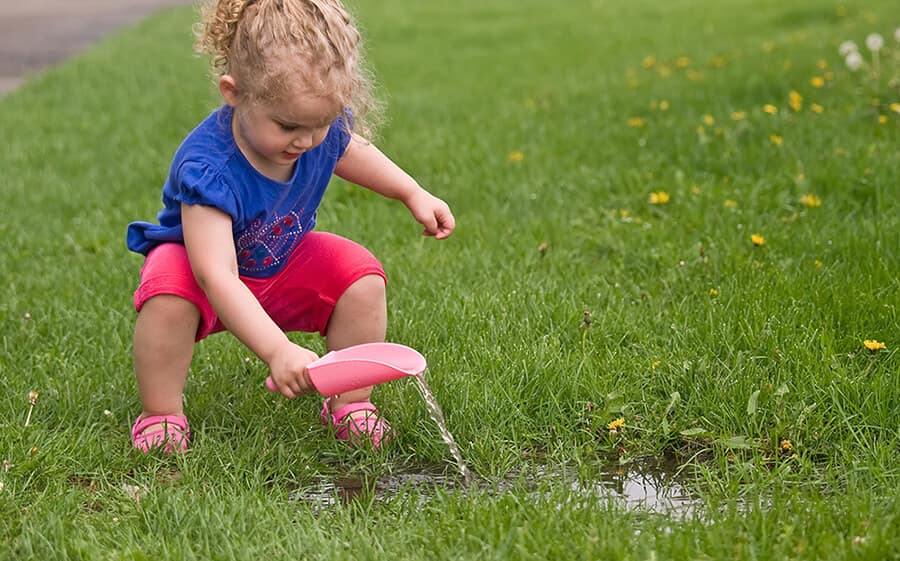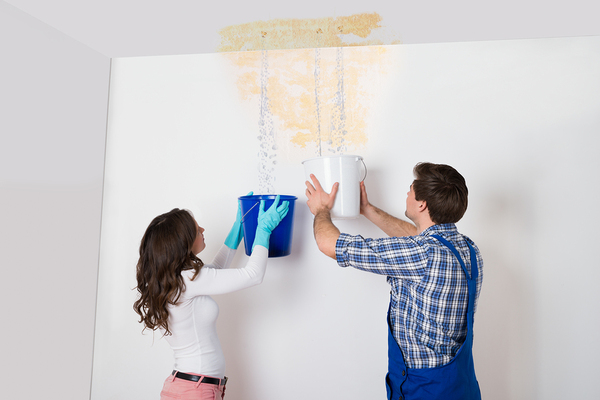Unveiling the Primary Sources of Leakage Within Your Home
Unveiling the Primary Sources of Leakage Within Your Home
Blog Article
Are you currently trying to locate related information concerning Common Water Leaks In House?

Leakages not just cause waste of water but can also cause unnecessary damage to your home and promote unwanted natural development. Water leakages might go unnoticed given that many of the pipework in our house is hidden. By looking as well as comprehending for everyday scenarios that trigger leaks, you can secure your home from future leakages as well as unnecessary damages. Today, we will take a look at six leak triggers that might be creating your pipelines to leak.
Immediate temperature changes.
Extreme temperature level changes in our pipes can cause them to broaden and acquire suddenly. This development and contraction may cause fractures in the pipes, especially if the temperature are below cold.
Corroded water systems
As time passes by, your plumbing system ages and rust such as corrosion may begin eating away the pipelines. This might be the source of discoloration or bending on your water pipes. This asks for an assessment with your plumber instantly. Think about changing the pipelines because they are at a greater threat of rust than the more recent versions if our plumbing system is old.
Defective Pipeline Joints
The point at which your pipes link is often the weakest link in the waterline. Pipe joints can weaken in time, leading to water leakages. Unfortunately, most of pipeline joints are not conveniently noticeable. If you have noisy pipes that make ticking or banging noises, specifically when the warm water is switched on, your pipeline joints are most likely under a lot of stress. It is suggested to have your plumber evaluate your system annually.
Intruding roots
Many water leaks begin outside your home rather than inside it. If you see an unexpected decrease in water stress, state in your faucet, take some time to go out and also examine your backyard. You might see wet patches or sinkholes in your backyard, which may suggest that tree roots are attacking water lines creating water to leak out. You can have your plumber check for intrusion, specifically if you have trees or bushes near your residential property.
Poor Water Connectors
At times, a leak can be triggered by loose hose pipes as well as pipes that supply your appliances. Typically, moving is what triggers the loose water Connections. You could locate when it comes to a washing machine, a hose might spring a leakage due to shaking throughout the spin cycle. In case of a water connections leakage, you may notice water running straight from the supply line or puddles around your appliances.
Clogged Drains
Clogged drains pipes could be bothersome and inconveniencing, yet they can often wind up triggering an overflow resulting in burst pipelines. Keep eliminating any products that might go down your drains pipes that can obstruct them to avoid such troubles.
All the above are sources of leaks but not all water leakages result from plumbing leakages; some leaks may come from roofing system leakages. All leakages must be fixed quickly to stay clear of water damages.
Leaks not just create waste of water however can also cause unnecessary damages to your residence and also advertise undesirable organic growth. By understanding and also looking for everyday situations that cause leakages, you can protect your house from future leaks as well as unneeded damage. Today, we will certainly look at 6 leakage triggers that might be triggering your pipelines to leak.
At times, a leakage can be caused by loose tubes as well as pipelines that supply your appliances. In situation of a water links leak, you might see water running straight from the supply line or pools around your appliances.
How To Check For Water Leak In Your Home
How To Check for Leaks
The average household's leaks can account for nearly 10,000 gallons of water wasted every year and ten percent of homes have leaks that waste 90 gallons or more per day. Common types of leaks found in the home are worn toilet flappers, dripping faucets, and other leaking valves. These types of leaks are often easy to fix, requiring only a few tools and hardware that can pay for themselves in water savings. Fixing easily corrected household water leaks can save homeowners about 10 percent on their water bills.
To check for leaks in your home, you first need to determine whether you're wasting water and then identify the source of the leak. Here are some tips for finding leaks:
Take a look at your water usage during a colder month, such as January or February. If a family of four exceeds 12,000 gallons per month, there are serious leaks.
Check your water meter before and after a two-hour period when no water is being used. If the meter changes at all, you probably have a leak.
Identify toilet leaks by placing a drop of food coloring in the toilet tank. If any color shows up in the bowl after 10 minutes, you have a leak. (Be sure to flush immediately after the experiment to avoid staining the tank.)
Examine faucet gaskets and pipe fittings for any water on the outside of the pipe to check for surface leaks.
Undetected water leaks can happen without the home or business owner even realizing. If you suspect a water leak, but not able to find the source. It is time to contact a professional water leak detection service, The Leak Doctor.
How To Find a Water Leak In Your Home
https://www.leakdoctor.com/blog/How-To-Check-For-Water-Leak-In-Your-Home_AE197.html

Do you appreciate reading up on How Fast Water Damage Can Ruin Your Home? Place a short review further down. We'd be pleased to know your views about this posting. Hoping that you visit us again in the future. Make sure you set aside a second to distribute this content if you enjoyed it. I praise you for your time. Come back soon.
Book With Us Today! Report this page